How often and how to water my mango?
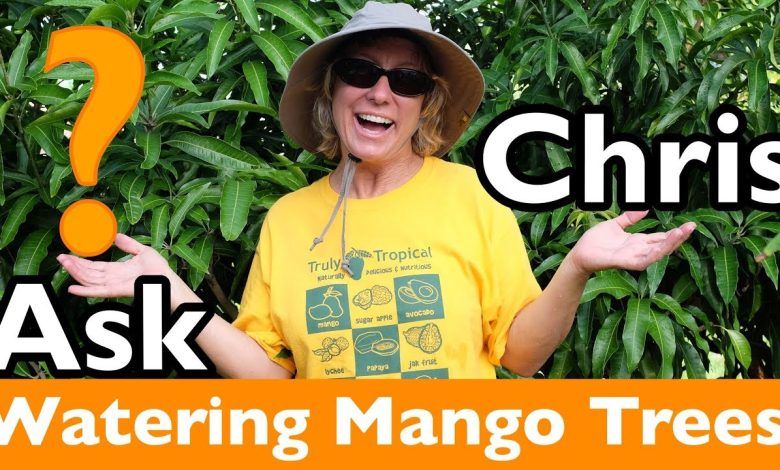
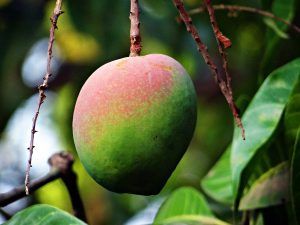 The mango is a prominent tree and one of the fruit species that is capable of giving away a large harvest.
The mango is a prominent tree and one of the fruit species that is capable of giving away a large harvest.
It is not very demanding with any type of care, so it is ideal for those who have little time to offer or are beginners.
Mango irrigation is one of those points where it is worth paying attention because it will help everything go much better.
Don’t know how to do it correctly? Don’t worry because here we will give you all the data you need. Let’s start.
Important points when watering a mango:
- Irrigation frequency: in the summer season the irrigations will be 2 to 3 times each week, while in winter they will be weekly or fortnightly.
- Irrigation method: drip.
- Optimum time of day for irrigation: in the morning or in the afternoon, afterthe strongest sun has passed.
- Identify excess water: good vegetation but does not produce fruit.
- Identify lack of water: fruits that fall before ripening or that develop little.
What irrigation needs does the mango have?
Mango is a tree that does very well in climates that tend to be tropical, requiring a consistent amount of watering to stay hydrated. This implies that there is a need to water it with a certain frequency and ensuring that the water penetrates to the deepest layers of the earth.

The reason? The size of the crown tends to be proportional to the roots that are underground, so they are usually quite large. Now, not only is it enough to set a specific irrigation rate, but you also have to set the right amount of water to achieve positive results.
How can we detect the lack of irrigation in the mango?
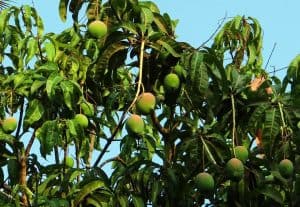 The problems of lack of irrigation in the mango could take a long time to appear because it is a plant capable of obtaining moisture.
The problems of lack of irrigation in the mango could take a long time to appear because it is a plant capable of obtaining moisture.
This is because it has strong roots and they take up space deep in the soil, which helps them access moisture.
Under drought conditions, it is likely that the tree generates flowering because this phase of development is not very demanding on this issue.
However, if water stress continues, the fruits will have serious problems developing, falling without ripening or growing very little.
How often should we water a mango?
The supply of water that you will have to offer the mango during its annual cycle will be determined by the climatic conditions that operate. Summer, being the hottest time, will require a greater amount of water, leading to planning irrigations at a rate of 2 or 3 per week.
In the case of winter, this demand will decrease, reaching one irrigation every week or up to one every 15 days, depending on the state of the land. Take into account that if there is a rainy period, the water collected by the earth during this time will be more than enough to cover the requirements.

A very easy way to ensure that irrigation is optimized according to the type of tree is to use tensiometers. The reason for this is that climates are variable and irrigation is influenced by other factors such as soil type, drainage capacity, etc.
What is the best way to water a mango?
The mango accepts different irrigation modalities, such as flooding and sprinkling. However, the recommended method is drip. Through the drip it is possible to focus the place where the water will fall and that it is distributed around the entire base of the tree by means of a groove.
Thanks to the fact that the water goes directly to the root, the mango tree is able to absorb all of it without wasting anything.
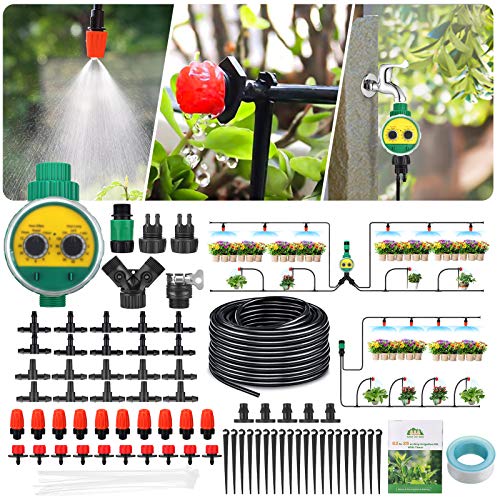
On the other hand, it prevents the foliage from getting wet and from being burned by the action of the sun. Keep in mind that the morning dew already cools the leaves anyway, so you don’t need to add anything else.
How do we detect excess water in the mango?
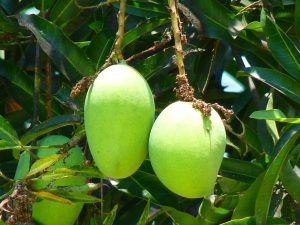 There are conditions that would seem good to the untrained eye and that are related to excess water.
There are conditions that would seem good to the untrained eye and that are related to excess water.
For example, it is common that in the face of high humidity in the ground, the mango tree looks greenish and radiant, but it will not have the capacity to produce fruits.
Being such a large and strong tree, it is quite unlikely that it will die with a few days of excessive watering, but if this condition is frequent, it can occur. The roots need space to breathe and excessive water prevents them from fulfilling this function.
Mango watering is one of the easiest to accomplish because it is a tree that can get some moisture by its own means. However, never underestimate the benefit that a good supply of water can offer to its development, flowering and fruit generation.
Bibliographic references
- Study of two alternatives for the design of the drip irrigation system for 200 hectares of Mango (mangifera indica l) in plot c-2 of the Olmos Special Project…, VY De la Cruz Gayoso, EP Segura Ternero – 2016 – dspace.unitru. edu.pe
- [PDF] DETERMINATION OF THE NUTRIENT ABSORPTION CURVE IN MANGO CROPS (Mangifera indica L.) UNDER PRESSURIZED IRRIGATION AND ITS …, J Villacis, J Proaño – secsuelo.org
- SHORT-TERM EFFECT OF SITE-SPECIFIC FERTILIZATION ON ‘KENT’ AND ‘TOMMY ATKINS’ MANGOES CULTIVATED WITHOUT IRRIGATION, EF HERNANDEZ VALDES, R MEDIAN TORRES… – 2014 – dspace.uan.mx
- Effect of three irrigation frequencies on the performance of the Kent mango variety (Mangifera indica L.), M Wagner, M Figueroa, G Laborem – Agronomia Tropical (Venezuela)…, 1984 – sidalc.net
- [HTML] Short-term effect of site-specific fertilization on ‘Kent’ and ‘Tommy Atkins’ mangoes grown without irrigation, S Salazar-García, G Santillán-Valladolid… – Revista mexicana de…, 2014 – scielo.org.mx
Maybe you are also interested in:

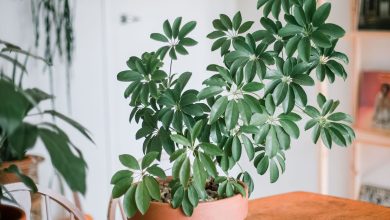
![Photo of Philodendron Xanadu: [Cultivation, Irrigation, Associations, Pests and Diseases]](https://www.complete-gardening.com/wp-content/uploads/2022/08/philodendron-xanadu-cultivation-irrigation-associations-pests-and-diseases-390x220.jpg)
![Photo of Plant Extracts: [Concept, Preparation, Use and Application]](https://www.complete-gardening.com/wp-content/uploads/2022/08/plant-extracts-concept-preparation-use-and-application.gif)
